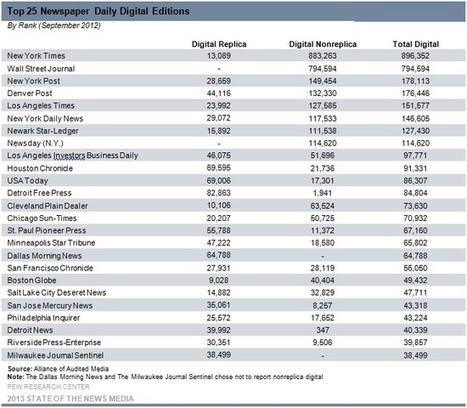Tech site develops predictive platform to monetize traffic surges
In an analytics-obsessed Web climate, everyone is chasing the big story. The problem is, more often than not, big breakout traffic scoops yield attention, eyeballs and notoriety, but very few dollars. Last month, Deadspin broke the story on the Manti Te’o girlfriend hoax, netting the site nearly 4 million pageviews. But as Gawker Media mentioned publicly following the story, the company had no technical solution in place to monetize an unforeseen surge in traffic.
Gawker is not alone. Web publishers have struggled across the board with this, which is why Ars Technica has been hard at work with what could be a viable solution.
At Ars Technica, Condé Nast’s 15-year-old high-brow tech site, Ken Fisher and his small in-house team were lamenting the traffic conundrum when they decided to build a real-time dashboard geared toward examining pageviews with a predictive eye toward recently posted articles that are poised to trend.
"Within two days we found it was working really well," explained Ars editor in chief Fisher. “We were identifying within an hour stories that would go on to do 900,000 views. And these were not pieces you’d hear by title and think, ‘That’s going to be killer.’ One was titled, Quantum Networks May Be More Realistic Than We Thought.”...



 Your new post is loading...
Your new post is loading...













All about news and the convergence with social media.